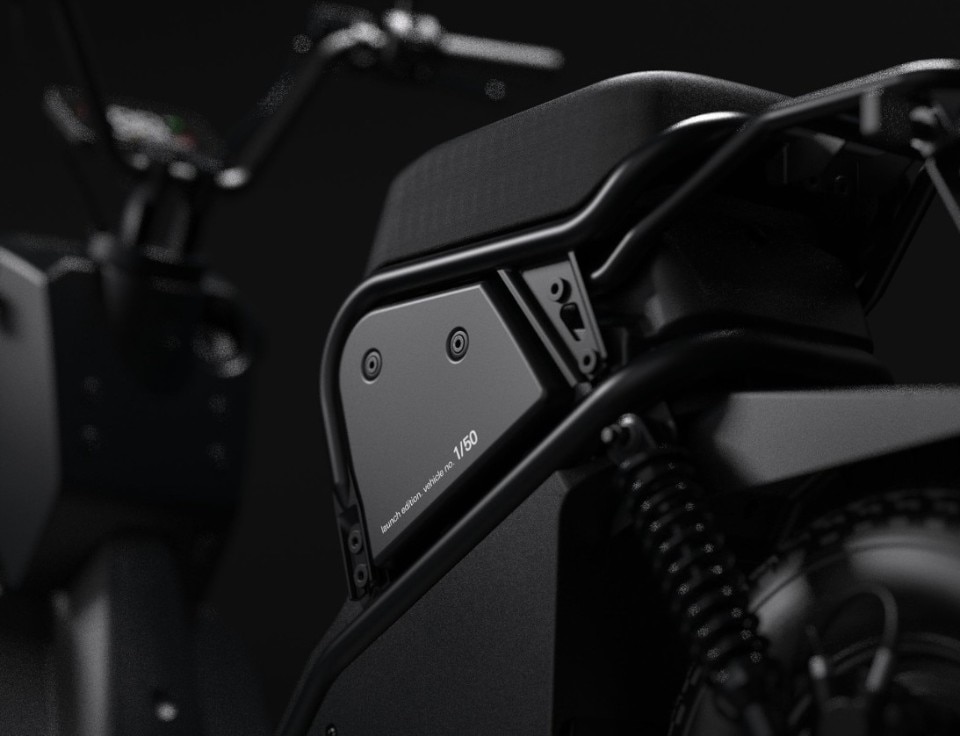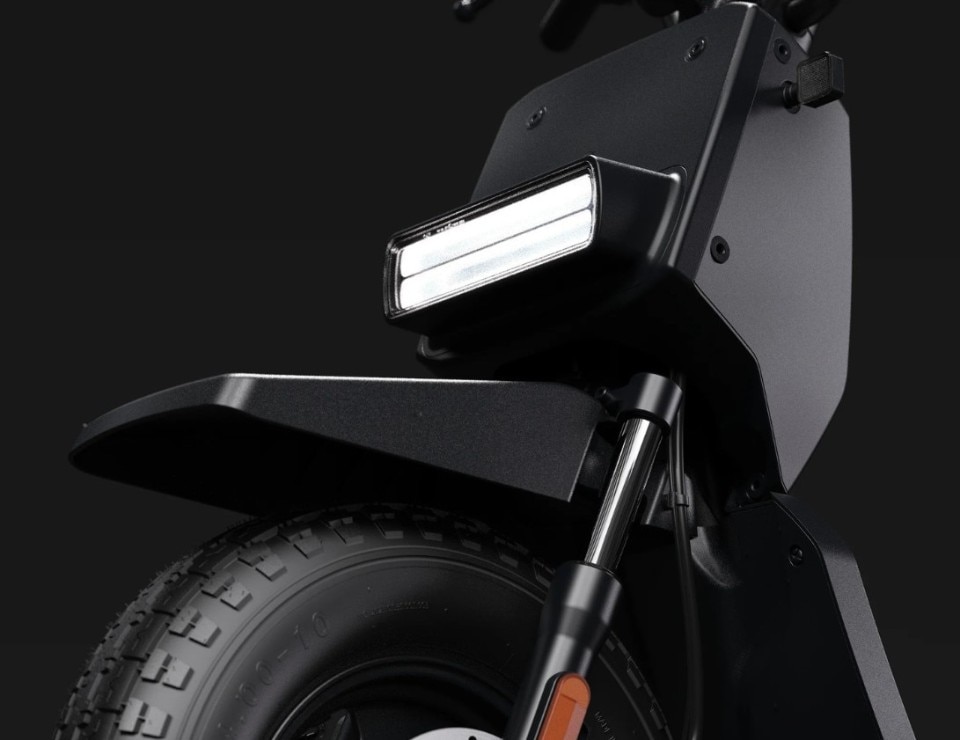Teenage Engineering, the Swedish company famed for its fashionable and expensive electronic instruments, has designed and launched the EPA-1, an electric moped.
The two-wheeler translates Teenage Engineering's style into the mobility domain, thanks to a simple, blocky, modular, sleek, industrial, and minimalistic design.
The EPA-1 is available in Class 1 (up to 45 km/h) and Class 2 (limited to 25 km/h, like electric bikes), and comes with removable 30 Ah or 50 Ah batteries offering ranges of up to 120 km. The launch edition is black, but colourful versions will be available later in June, allowing Teenage Engineering fans to coordinate their scooter with other products from the company.
The EPA-1 is relatively affordable, which is an unexpected twist for a Teenage Engineering product. With a starting price of around €1,800, it is cheaper than the OP-1 field and OP-XY synthesizers, and only slightly more expensive than the TP-7 field recorder. For Teenage Engineering, designing a two-wheeled vehicle is somewhat of a second try. In the late 2000s, the company experimented with designing an e-bike called the Machina, but it never made it past the prototype stage.
Fujifilm makes no secret that this is not a camera for professionals. The company is also clear in stating that this is no toy camera either. The target is the hard-to-define bunch of 20 to 30-somethings interested in street or lifestyle photography that neither want to use their smartphones for the purpose, nor are ready to commit to a more professional camera.
Does that target exist, and is it relevant enough to sustain the sales of this new €830 camera? Fujifilm thinks it does, and we tend to agree. Especially considering the potential spillover of customers from the X100V and X100VI, two other similarly targeted cameras that are constantly backordered in most markets.
The X-Half is also interesting for the way it mixes hardware and software to deliver its intended experience. After shooting their vertical pictures, users can stitch them together on camera, apply camera simulations and filters, or use the Bluetooth-connected X-half app to compile more complex photographic stories from single frames.
Last but not least, the new X-Half weighs only 240g, making it extremely portable as a photographic companion for users tired of shooting with their omnipresent smartphone.
Fujifilm X-Half has a suggested price of €829,90 and will be available in Europe from mid-June.












